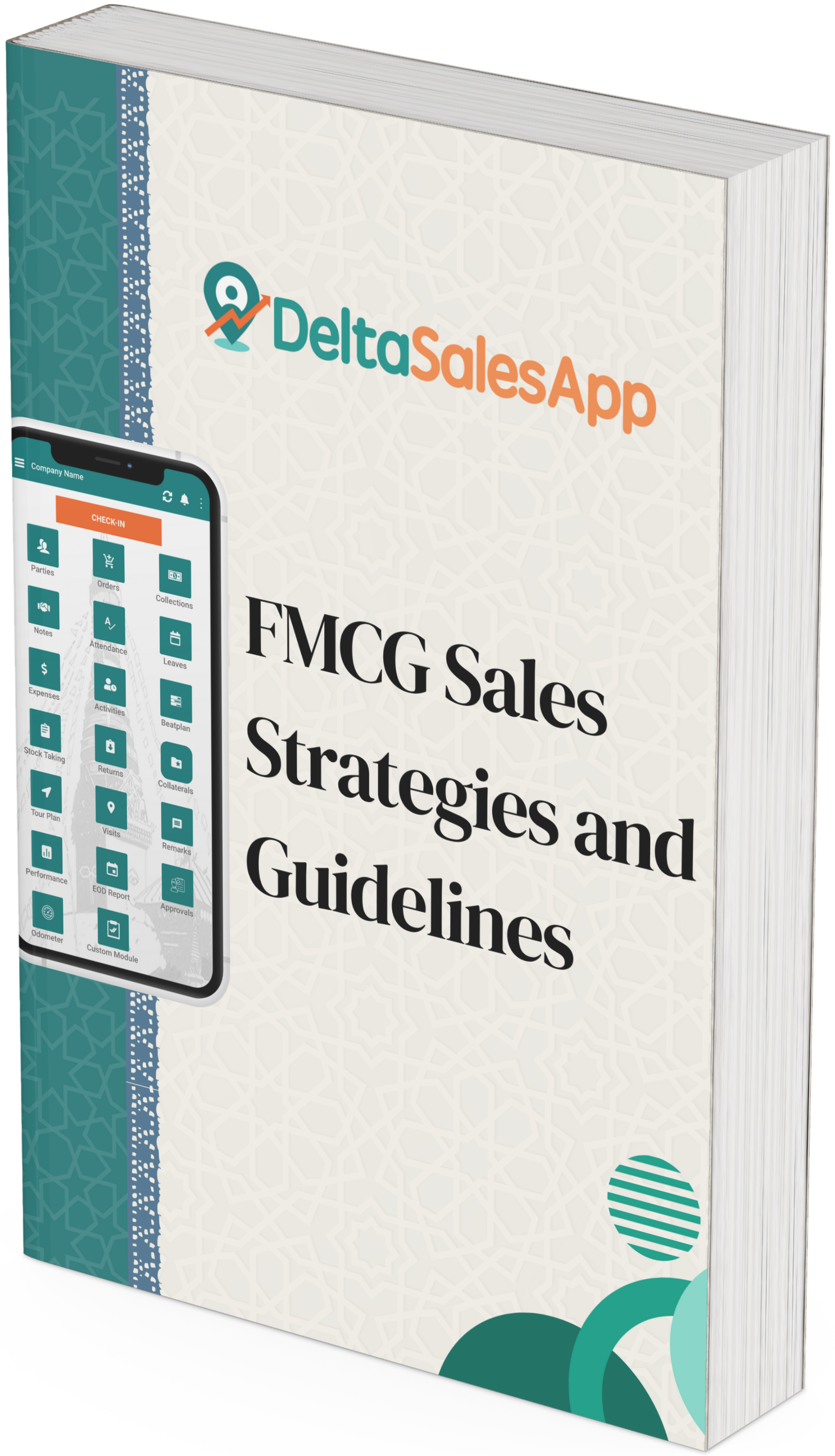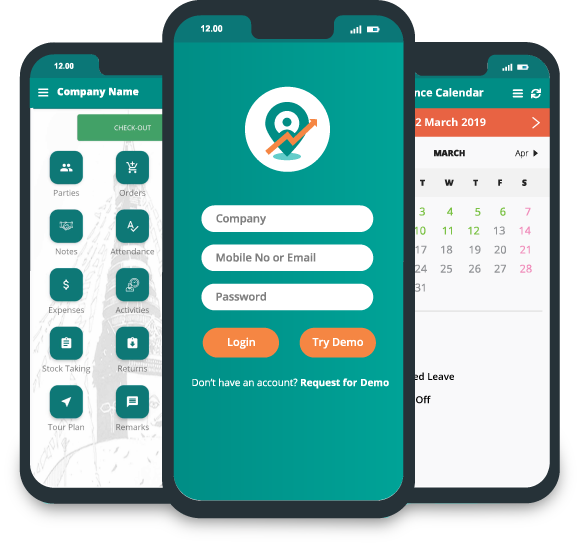Unveiling the Power of a Well-Crafted Field Team Beat Plan
_1706867782.png)
For small and large businesses alike, maximizing the potential of their field teams is pivotal for success. One key strategy for achieving this is developing and implementing a well-orchestrated beat plan. This strategic scheduling roadmap optimizes the rhythms of customer engagement, resource allocation, and territory coverage. In this blog post, we'll explore a beat plan, its importance in business strategy, and how to create one that propels your business forward.
Introduction
In the fast-paced world of commerce, synchronicity isn't just a buzzword—it's a core component of operational excellence. A beat plan, sometimes called a 'route plan' or 'visit schedule,' serves as the metronome for a field team's tactical execution. It lays out a systematic approach for sales reps, service engineers, delivery agents, or anyone responsible for on-the-ground operations to manoeuvre through their day, week, or month effectively manoeuvre and efficiently.
So why does your business need a beat plan, and how can you perfect this strategic instrument? Let’s delve into the details.
Importance of a Beat Plan
A beat plan is much more than just a schedule. It’s a strategic apparatus that ensures:
Consistent and timely customer engagement: Customers receive regular and reliable interactions, fostering trust and rapport.
Enhanced productivity and efficiency: By carefully mapping out routes and schedules, field teams can see more customers and reduce travel time and costs.
Improved resource management: Allocation of resources can be made strategically to maximize impact and minimize waste.
Territorial insights and coverage optimization: Understand the terrain your business covers, and avoid overlaps, and plain blind spots in the market.
Crafting an Effective Beat Plan
Step 1: Analyze Your Terrain
Start with a geographic analysis of your territories. Identify where your customers are, their concentration, and how easily they can be accessed. Geographic Information System (GIS) tools can provide valuable data-driven insights for these calculations.
Step 2: Segment Your Customer Base
Not all customers are created equal, and recognizing this allows for prioritization. Segment your customers based on factors like sales volume, growth potential, purchasing frequency, or support requirements. This segmentation will dictate the frequency and type of field visits they need.
Step 3: Define Your Objectives and Metrics
Establish what your team aims to accomplish with each visit. Is the goal to make a sale, strengthen relationships, provide service, or gather market intelligence? Alongside objectives, set clear metrics to measure the success of field engagements.
Step 4: Route Optimization
Now, let's talk about logistics. Use route optimization software to plan the most efficient paths for your team. This not only saves time but also reduces travel expenses and the fatigue associated with crisscrossing territories without a plan.
Step 5: Flexibility
While a beat plan provides structure, it should not be inflexible. Build in room for emergency visits, unexpected opportunities, and the inevitable chance of disruptions.
Step 6: Integration with Technology
Power up your beat plan with technology. Incorporating Customer Relationship Management (CRM) and Enterprise Resource Planning (ERP) systems can ensure that your beat plan lives not on paper but in the daily workflow of your team.
Step 7: Review and Revise
Finally, a beat plan is a living document. It requires regular review and adjustment based on new data, changed market conditions, or shifts in company strategy.
Conclusion
A well-crafted beat plan can be one of the most effective tools in your business arsenal. It orchestrates the movements of your field teams into a harmonious and productive flow. When your team members are at the right place, at the right time, and executing the right activities, the symphony of sales and service performance can resound triumphantly.
Yet, remember, even the most meticulously planned beat will miss a note without a team that understands and appreciates its rhythm. Engage with your field agents, listen to their feedback, and encourage them to embrace the beat plan as the backbone of their strategic execution.
Through strategic synchronization, the power of a well-crafted beat plan can do more than just improve individual performance; it can resonate throughout the entire business, boosting efficiency, morale, and ultimately, the bottom line. So, orchestrate well, and let your field team's performance sing.









